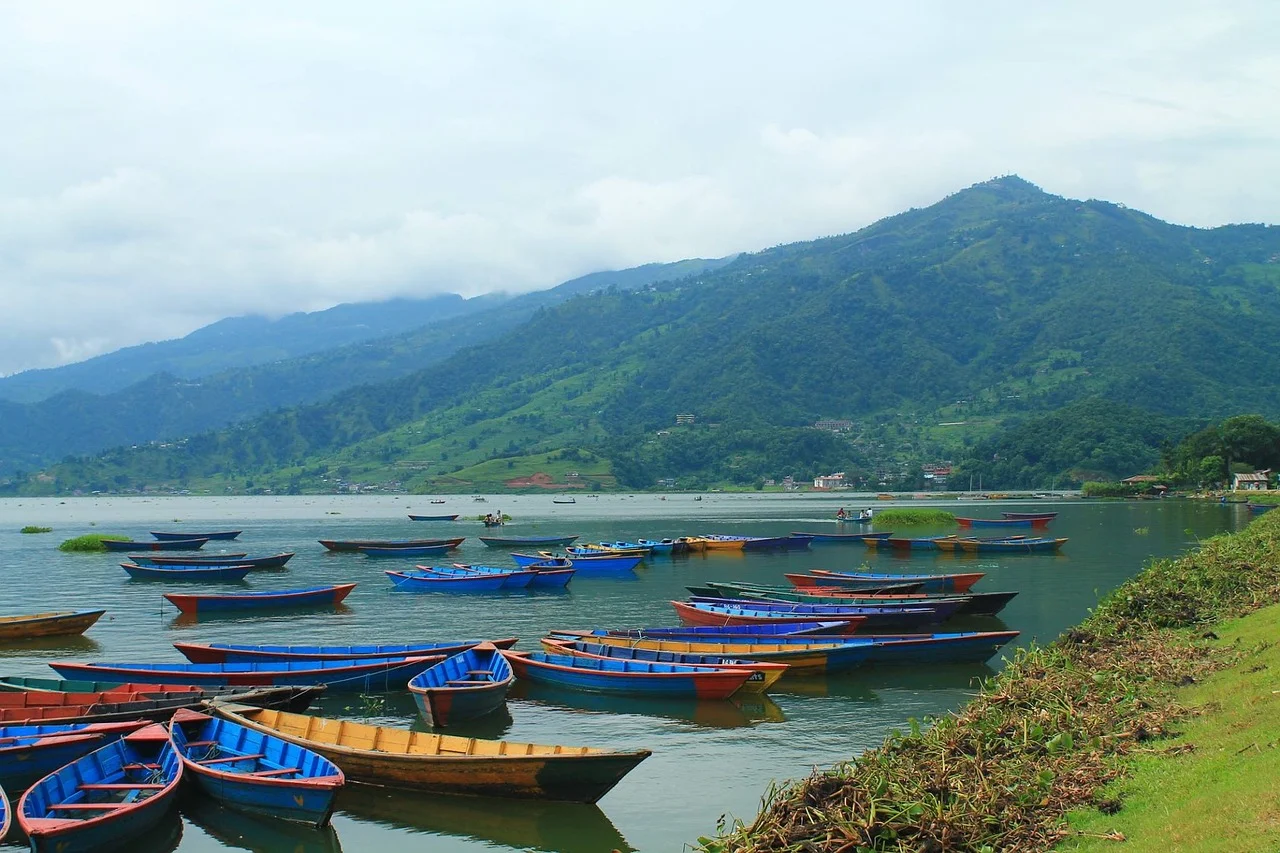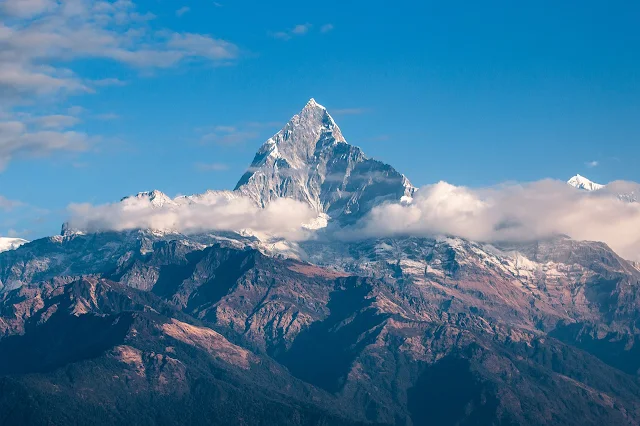Pokhara is a city of nearly 200,000 occupants in central
Nepal situated at 28.25 N, 83.99 E, 198 km west of capital city Kathmandu. It is the third
biggest city in the country after Kathmandu and Biratnagar. It is the main point of
Kaski District, Gandaki Zone, and the Western Development Region. It is one of
the most popular tourist destination city in the country.
Pokhara is located in the northwestern corner of the valley, which is an enlarging of the Seti Gandaki valley. The Seti River and
its tributaries have excavated remarkable canyons into the valley floor, which
are only noticeable from higher perspectives or from the air. Toward the east
of Pokhara is the region of Lekhnath, another town in the valley.
In no other place do mountains rise so rapidly but in this
area, within 30 km, the elevation rises from 1000 m to over 7500 m. The
Dhaulagiri, Annapurna, and Manaslu ranges, each with peaks over 8000 m, can be
seen from Pokhara and there is a lake named Phewa Taal (Taal means lake in the
Nepali language, three caves (Mahendra, Bat, and Gupteshwor), and an impressive
fall (Patale Chhango or Devi's Fall) where the water from the Phewa Lake
thunders into a hole and disappears. Due to this sharp rise in altitude the
area of Pokhara has one of the highest precipitation rates in the country (over
4000 mm/year). Even within the city, there is a noticeable difference in the
amount of rain between the south of the city by the lake and the north at the
foot of the mountains.

In no other place do mountains rise so rapidly? Around there, within 30 km, the sunrise from 1000 m to over 7500 m. The Dhaulagiri, Annapurna, and Manaslu ranges, each with peaks more than 8000 m can be seen from Pokhara and lake, Phewa Taal, three caves (Mahendra, Bat, and Gupteswor), and a significant fall (Devi's Fall) where the water from the Phewa Lake roars into a gap and vanishes. Because of this sharp ascent in elevation the region of Pokhara has one of the most elevated precipitation rates of the nation (more than 4000 mm/year). Indeed, even inside the city, there is a recognizable contrast in the measure of rain between the south of the city by the lake and the north at the foot of the mountains.
The atmosphere is sub-tropical yet because of the height the
temperatures are moderate: the mid-year temperatures are normally between 25 - 35°C,
in winter around 5 - 15°C.
In the south of the city borders on Phewa lake (4.4 km² at a
height of around 800 m above sea level), in the north at a rise of around 1000
m the edges of the city contact the base of the Annapurna mountain. From the
southern edges of the city, 3 Eight-thousanders (Dhaulagiri, Annapurna,
Manaslu) and, in the middle Annapurna range and Machapuchare (Fishtail). This
mountain rules the northern skyline of the city and its name gets from its twin
peaks, not noticeable from the south.

"Pokhara area shows the Greatest contrasts in
landscape. Nowhere in the world, can the highest mountains reaching 8000 meters
level be admired from such a short distance and from the tropical lowland
without any intermediate mountain ranges.
Pokhara is certainly one of the most extraordinary and beautiful places in the whole world"
Welcome to Pokhara !!!
Pokhara is certainly one of the most extraordinary and beautiful places in the whole world"
Welcome to Pokhara !!!

Thank you for your comments.